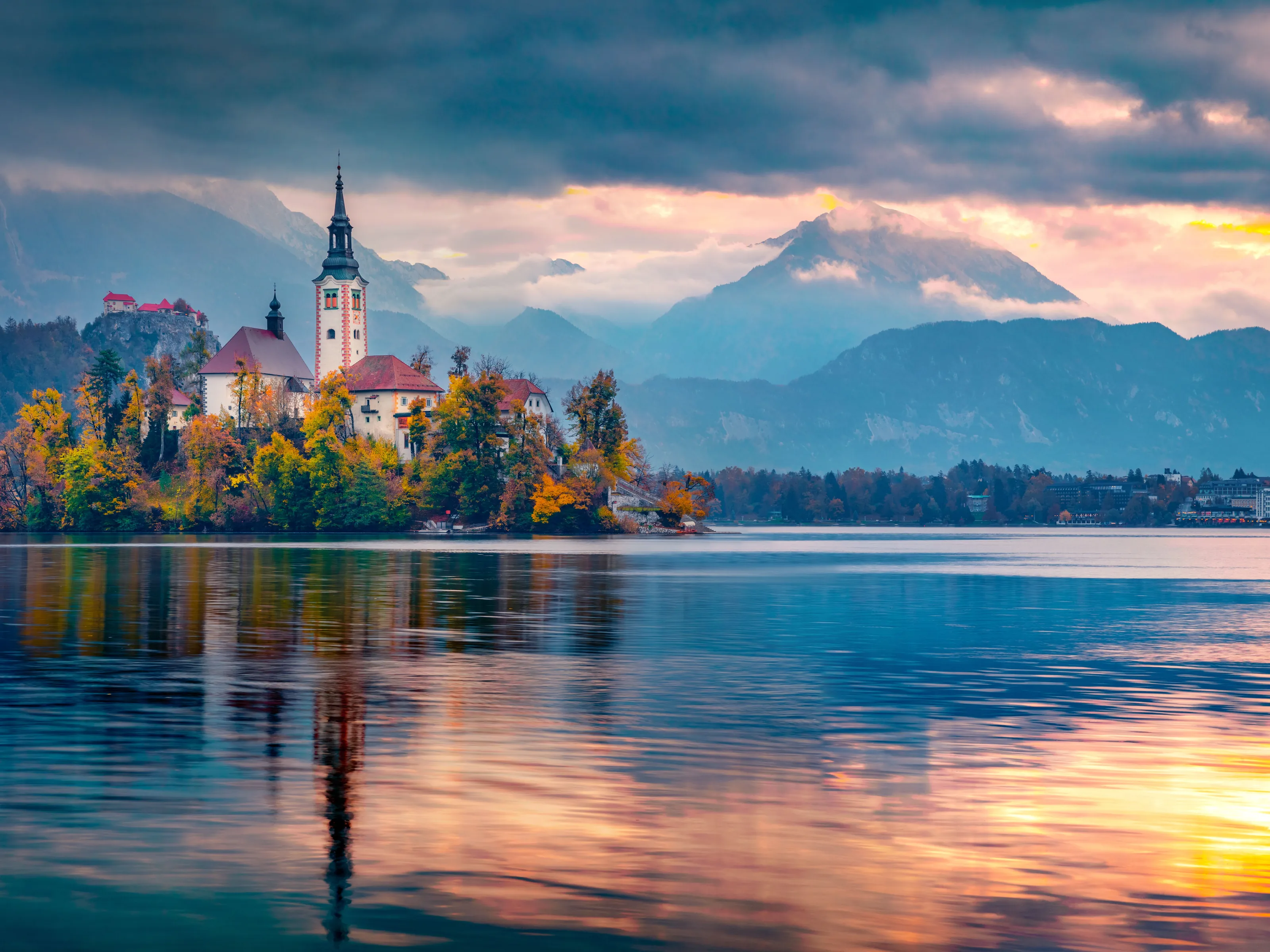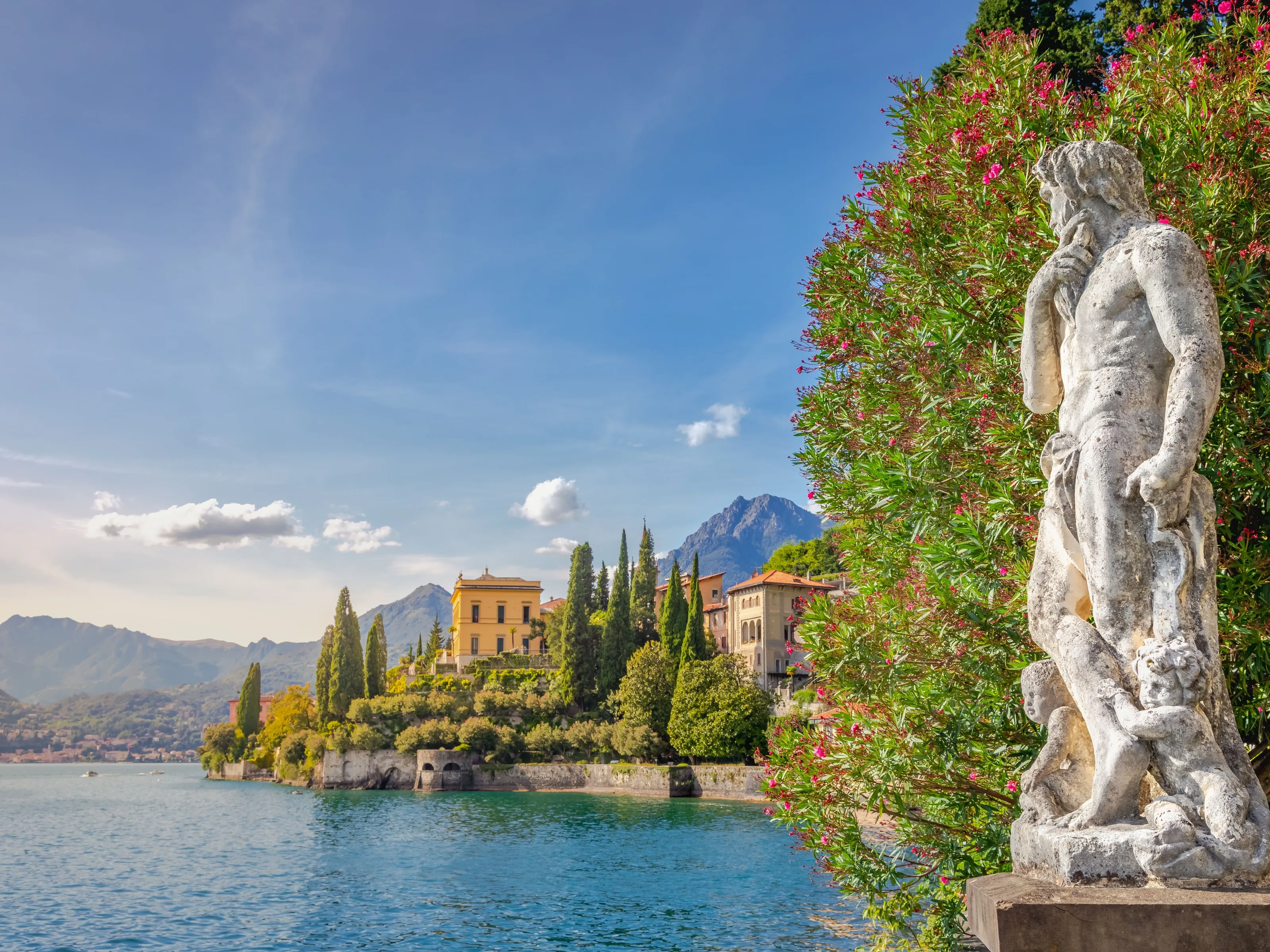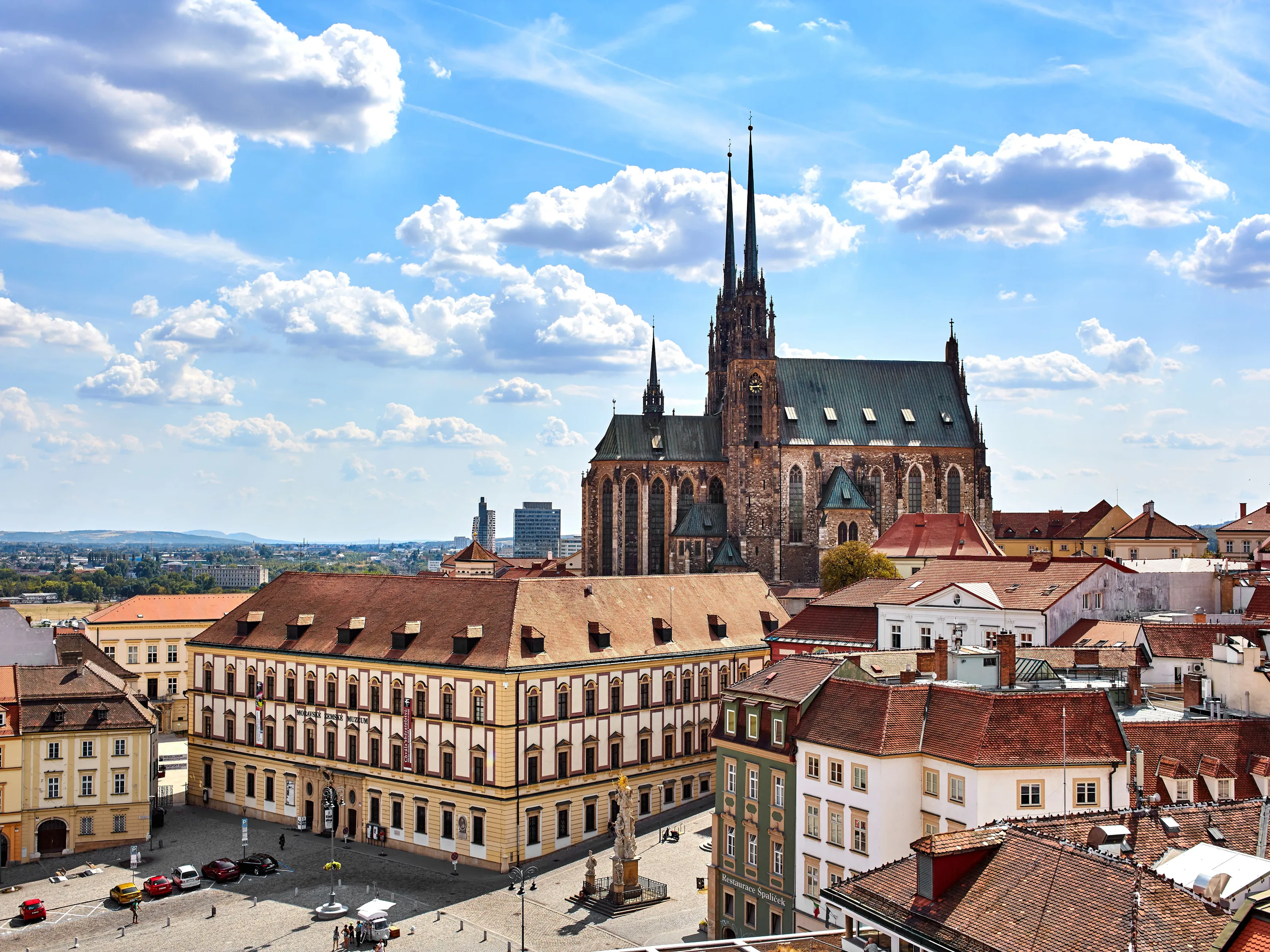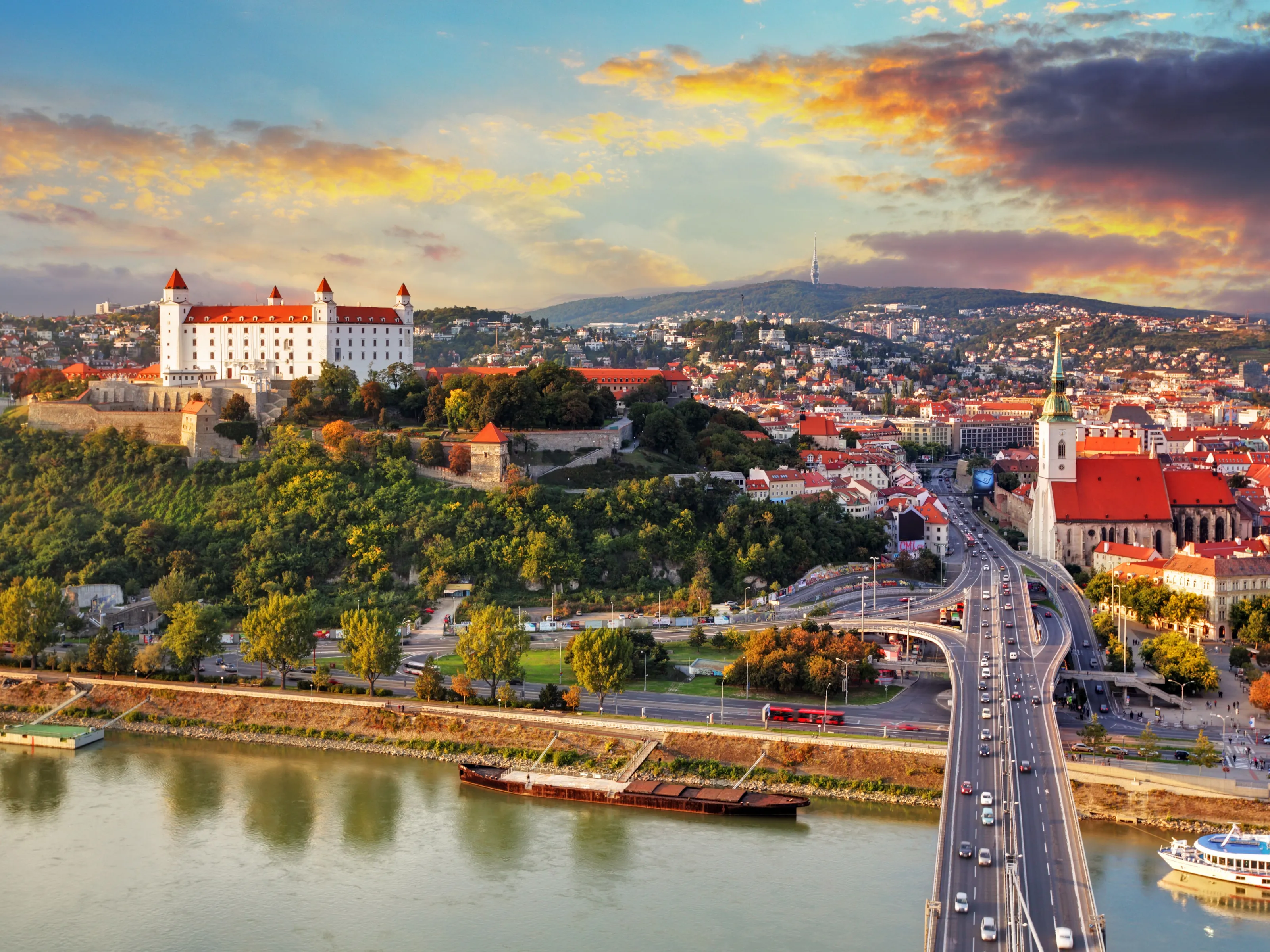Why Visit Plitvice Lakes?
Plitvice Lakes mesmerizes as Croatia's most spectacular natural wonder where 16 turquoise lakes cascade through travertine barriers creating 90+ waterfalls, wooden boardwalks wind above crystal waters, and virgin beech forests shelter brown bears and wolves. This UNESCO World Heritage Site (296 km²) in central Croatia between Zagreb and Zadar delivers concentrated natural beauty—Lower Lakes' dramatic Veliki Slap (78m waterfall, Croatia's tallest) thunders mist, while Upper Lakes' shallow pools reflect surrounding mountains in mirror-perfect stillness. Marked routes range from 3 to ~18 km (2-8 hours), much of them on wooden boardwalks hovering above lakes where mineral-rich waters create ongoing travertine deposits—living geological process adding 1cm annually.
The park's well-organized routes (8 main programmes A-K, 2-8 hours) include electric boat crossing Kozjak Lake and panorama trains connecting entrances, though summer crowds (up to ~12,000 visitors daily in July-August) test boardwalk capacity. Yet Plitvice rewards early risers—7am opening allows sunrise photography before tour buses arrive at 9am flooding trails with selfie-sticks. Wildlife includes brown bears (shy, rarely seen), deer, wild boar, and 321 butterfly species.
There are two main entrances (1 & 2) plus the Flora auxiliary entrance near Entrance 2—Entrance 1 is most popular, determining routes clockwise or counter-clockwise through Lower and Upper lakes sections. Swimming and drones are strictly banned and can incur heavy fines—obey all posted rules. Food options limited—bring picnic or eat basic park restaurants ($11–$16 meals).
Nearby villages Mukinje and Jezerce offer budget accommodation. Visit April-May for waterfalls at peak flow from snowmelt, or September-October for autumn colors and fewer crowds. Summer (June-August) brings lush green but overwhelming crowds.
Winter transforms landscape to frozen wonderland (November-March, reduced hours). With entrance fees ($11–$43 depending on season), required advance booking peak season, full-day commitment (minimum 4-6 hours), and limited accommodations nearby, Plitvice demands planning—yet delivers Europe's most photogenic waterfalls cascade worth fighting summer crowds or braving winter's icy beauty.
What to Do
Waterfalls & Lakes
Veliki Slap - Croatia's Highest Waterfall
The 78m-tall Veliki Slap (Great Waterfall) thunders as Croatia's highest and Plitvice's most spectacular cascade—water plunges from the upper lakes over moss-covered travertine into a mist-filled canyon. Located in the Lower Lakes section near Entrance 1. Best viewed from multiple angles along wooden boardwalks. Most impressive April-May (snowmelt peak) and after rain. Rainbow appears in afternoon sun.
Lower Lakes Boardwalk Circuit
The most dramatic section features turquoise pools separated by travertine barriers creating countless small waterfalls. Wooden walkways hover inches above crystal-clear water where you can see trout swimming below. Start at Entrance 1, walk to Veliki Slap, then loop back via boardwalks—2-3 hours. Gets crowded 10am-4pm; arrive at 7am opening for magical sunrise experience alone on boardwalks.
Upper Lakes & Mirror Reflections
Larger, shallower lakes (Prošćansko, Gradinsko, Okrugljak) reflect surrounding forested mountains in mirror-perfect stillness. Less dramatic than Lower Lakes but more peaceful. Longer walking distances between viewpoints—4-6 hours to explore thoroughly. Autumn (September-October) brings spectacular color reflections. Access from Entrance 2 or take panorama train.
Park Experience
Electric Boat Across Kozjak Lake
Silent electric boat (included in ticket) crosses Plitvice's largest lake (Kozjak) connecting Lower and Upper Lakes sections. 10-minute scenic ride offers different perspective on limestone cliffs and turquoise water. Boats depart every 30 minutes when busy. Essential link in most hiking routes. Often the only break from walking—appreciate the rest!
Panorama Train Connection
Road-train shuttles (included in ticket, no fuel emissions) transport visitors between Entrance 1, Entrance 2, and intermediate stops along 3km of park roads—crucial for connecting trail sections and saving tired legs. Runs every 20-30 minutes. Standing-room-only in summer. Not accessible for all routes—check your programme map.
Hiking Programme Routes (A-K)
Park suggests 8 main loop routes (A-K) ranging from short 3-4 km strolls to 18 km full-day circuits (2-8 hours). Most popular: Programme C (4-6 hours) covers highlights including boat and train. Buy tickets online with chosen programme—you can deviate but times are estimated. Route H (4 hours) is best for photography combining both lake sections.
Nature & Seasons
Living Travertine Formation
Plitvice's lakes are geologically active—calcium carbonate deposits create new travertine barriers at 1cm/year, constantly reshaping waterfalls and pools. Moss, algae, and bacteria facilitate the process. This living geology makes Plitvice unique among natural sites. Wooden boardwalks protect the formations while allowing close observation. Swimming strictly forbidden to preserve the ecosystem.
Wildlife & Virgin Forests
Ancient beech and fir forests shelter brown bears (rare sightings), wolves, deer, wild boar, and 321 butterfly species. Birds include three-toed woodpeckers and eagle owls. Bears are shy—attacks unheard of—but stay on trails and make noise. The forest canopy creates magical light filtering to turquoise waters below. Most pristine nature in Croatia.
Four Seasons, Four Different Parks
Spring (April-May): Peak waterfall flow, wildflowers, fewer crowds. Summer (June-August): Lush green, warm weather, overwhelming crowds (avoid if possible). Autumn (September-October): Spectacular red/gold foliage, still flowing, perfect weather. Winter (November-March): Frozen waterfalls, snow-covered boardwalks, magical wonderland, limited access. Each season offers unique beauty—spring and autumn are ideal compromise.
Gallery
Travel Information
Getting There
- Airports: ZAD, ZAG
Best Time to Visit
May, June, September, October
Climate: Moderate
Weather by Month
| Month | High | Low | Rainy days | Condition |
|---|---|---|---|---|
| January | 6°C | -2°C | 7 | Good |
| February | 10°C | 1°C | 11 | Good |
| March | 10°C | 1°C | 14 | Wet |
| April | 16°C | 4°C | 4 | Good |
| May | 18°C | 8°C | 19 | Excellent (best) |
| June | 21°C | 12°C | 12 | Excellent (best) |
| July | 24°C | 14°C | 11 | Good |
| August | 26°C | 16°C | 13 | Wet |
| September | 20°C | 11°C | 9 | Excellent (best) |
| October | 15°C | 8°C | 11 | Excellent (best) |
| November | 9°C | 2°C | 8 | Good |
| December | 6°C | 1°C | 14 | Wet |
Weather data: Open-Meteo Archive (2020-2024) • Open-Meteo.com (CC BY 4.0) • Historical avg. 2020–2024
Budget
Excludes flights
Visa Requirements
Schengen Area
💡 🌍 Traveler Tip (November 2025): Best time to visit: May, June, September, October.
Practical Information
Getting There
Plitvice has two main entrances (Entrance 1 & 2, 3km apart). Buses from Zagreb (2-2.5hr, $11–$16), Zadar (2hr, $11–$13), Split (4hr, $16–$22). No trains nearby. Most visit as day trip. Nearby villages Mukinje, Jezerce offer accommodation. Parking at entrances ($1/hr). Book park entry online—summer sells out.
Getting Around
Inside park: electric boat crosses Kozjak Lake (included), panorama trains connect points (included), otherwise walking only. Routes 2-8 hours depending on programme chosen. Good hiking shoes essential—10-20km walking typical. Park is car-free. Outside: taxis between entrances/villages available. Most visitors arrive by bus or rental car.
Money & Payments
Euro (EUR). Croatia adopted Euro 2023. Cards accepted at park entrances and hotels. Park restaurants accept cards but limited. Bring cash for nearby villages. ATMs in larger villages. Tipping: round up appreciated. Park entry online payment recommended.
Language
Croatian is official. English spoken by park staff and in tourist accommodations. Signs bilingual. Nearby villages less English. Younger generation speaks decent English. Learning basic Croatian helpful: Hvala (thanks), Molim (please). Communication manageable.
Cultural Tips
Book ahead: summer (June-August) sells out weeks in advance, book park tickets online mandatory. Arrive early: 7am opening, crowds arrive 9am—sunrise photography magical. No swimming: strictly forbidden with heavy fines, preservation rules. No drones: banned with heavy penalties. Boardwalks: slippery when wet, one-way traffic on narrow sections, be patient. Bring: picnic (park food basic), water, good shoes, layers (weather changes), waterproofs. Routes: choose based on time—minimum 4 hours, 6-8 hours ideal. Boat + train included in entry. Wildlife: bears rarely seen, respectful distance if encountered. Winter: magical frozen falls but cold, limited routes. Crowds: July-August nightmare—avoid if possible. Shoulder seasons: April-May, September-October perfect. Nearby: minimal services, stay in Zadar or Zagreb unless wanting park immersion. Photography: morning light best, tripods allowed. Korenica village: 15km north, basic services.
Perfect Day Trip Plitvice Itinerary
Day 1: Lakes Circuit
Where to Stay in Plitvice Lakes
Lower Lakes (Entrance 1)
Best for: Most dramatic waterfalls, Veliki Slap, main entry point, popular, crowded
Upper Lakes (Entrance 2)
Best for: Shallow pools, quieter trails, mirror reflections, longer walks, scenic
Mukinje Village
Best for: Nearest accommodation, budget hotels, restaurants, 2km from Entrance 2
Jezerce Village
Best for: Accommodation, quieter, 4km from Entrance 1, budget stays, local atmosphere
Frequently Asked Questions
Do I need a visa to visit Plitvice Lakes?
What is the best time to visit Plitvice Lakes?
How much does a trip to Plitvice Lakes cost per day?
Is Plitvice Lakes safe for tourists?
What are the must-see attractions in Plitvice Lakes?
Popular Activities
Top-rated tours and experiences in Plitvice Lakes
Ready to Visit Plitvice Lakes?
Book your flights, accommodation, and activities






